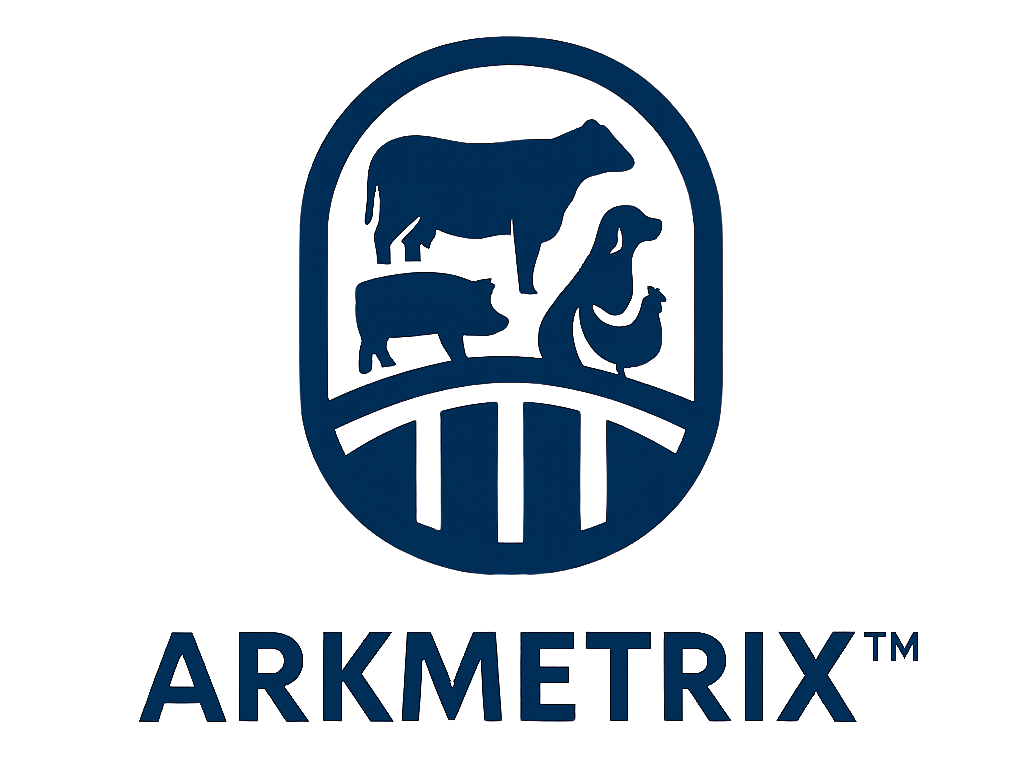Smart Beef Farming: How AI and Data Science Are Shaping Modern Cattle Production
Here are new opportunities for applying data science in beef cattle production:
1. Precision Herd Management
Individual animal monitoring: Use IoT sensors and computer vision to track weight gain, feed intake, and activity.
Early disease detection: AI models trained on temperature, behavior, and rumination data can detect illnesses like bovine respiratory disease earlier than manual checks.
Genetic selection: Genomic data combined with machine learning can identify traits for
growth efficiency, fertility, and meat quality.
2. Nutrition & Feed Optimization
Feed efficiency prediction: Data science can analyze feed conversion ratios and predict the most cost-effective rations.
Real-time adjustments: Algorithms can dynamically balance protein, energy, and micronutrient intake.
Alternative feed evaluation: Machine learning can test how by-products (e.g., distillers grains, insect protein) affect growth and emissions.
AI and data science are revolutionizing beef production with precision monitoring, predictive analytics, and real-time decisions—enhancing herd health, feed efficiency, and sustainability.
3. Market & Price Forecasting
Cattle price prediction: Time-series models can forecast live cattle and beef prices, supporting producers’ marketing decisions.
Demand analytics: Retail and consumption data can identify changing consumer trends (e.g., grass-fed, organic, or low-carbon beef).
Risk management: Predictive models can help optimize futures contracts and hedging strategies.
4. Animal Health & Welfare
Automated welfare scoring: Computer vision can grade body condition, gait, and lameness from video data.
Mortality risk prediction: Models can combine weather, feed, and health records to predict risk events.
Antimicrobial stewardship: Data analysis can optimize treatment protocols, reducing antibiotic overuse.
5. Environmental Sustainability
Methane emission modeling: Data science can track and predict greenhouse gas output per animal or herd.
Manure management: AI can optimize waste handling to reduce pollution and capture value (biogas, fertilizer).
Carbon footprint accounting: Life cycle assessment models can help ranchers access carbon markets.
6. Supply Chain & Traceability
Blockchain + data analytics: Enables traceability from ranch to consumer, boosting transparency and trust.
Cold chain optimization: Data science can reduce spoilage in meat storage and transportation.
Export compliance: Predictive analytics can forecast demand in key markets (China, EU, Middle East).
7. New Research & Education Avenues
Digital twins of cattle farms: Simulations that allow testing new practices virtually before implementation.
AI-powered extension tools: Apps that guide smallholder farmers in Africa, Asia, and Latin America with localized insights.
Integrating weather data: Forecasting drought impacts on forage supply and herd management.
Reference:
OpenAI, 2025. ChatGPT version 5, accessed on September 29 th , 2025, generated responses that
contributed to the content of this blog.


